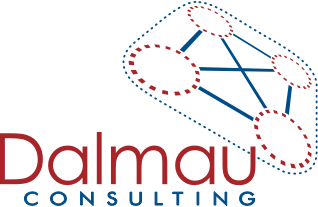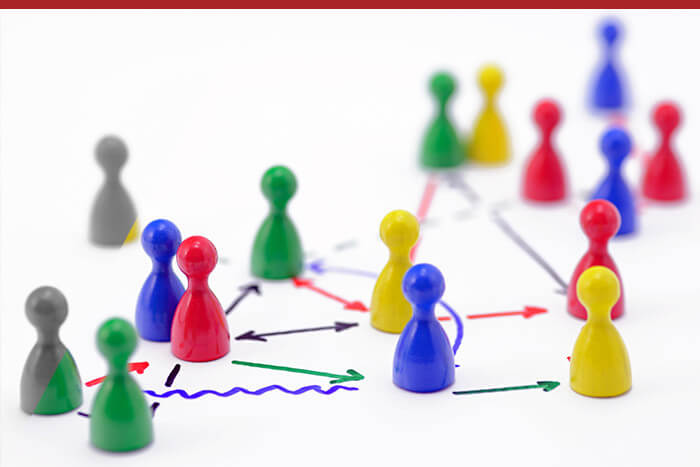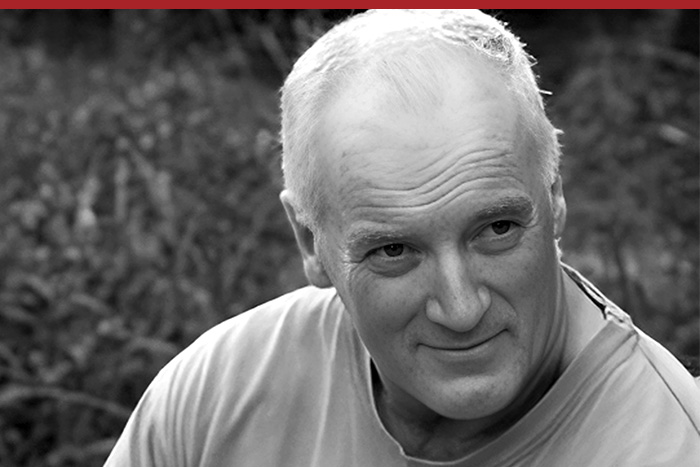There has been some interesting work over a number of years at MIT’s Human Dynamics Lab and MIT Media Lab under the leadership of Professor Alex (Sandy) Pentland. Back in 2008 Professor Pentland published a book, Honest Signals: How they shape our world, which introduced the research of his group. With advances in technology they developed a measurement tool, called a sociometer (wearable digital sensor linked with wireless technology), which allows them to map at a very detailed level the non-verbal behavior of large numbers of people as they go about their normal workday lives. They demonstrated that people’s behavior such as tone of voice, body position in relation to others, gestures, body movements and nodding is much more than a complementary system of communication to the words we use (our conscious language).
They are in fact “a separate communication network that powerfully influences our behavior”, can “provide an effective window on our intention, goal and values”, and can be used to accurately predict the outcomes of situations.
In the April 2012 issue of Harvard Business Review, Professor Pentland reported on the results of work done using this technology to understand the factors that really make teams high performing. He used the sociometer to map the complex non-verbal patterns of interaction amongst teams in workplaces.
They identified three aspects of communication that really affected team performance. These were,
- Energy (measured by the number of face-to-face exchanges between people)
- Engagement (measured by the distribution of energy among the team members)
- Exploration (measured by the number of exchanges by the team with others outside the team)
In summary they found (using the quantitative data measure by the wearable sociometers) that the best performing team are characterized by;
- Everyone on the team talking and listening to, and with, each other in roughly equal measure
- Members facing one another when they talk and their conversations and gestures are energetic
- Members interacting with each other, not just with team leader
- All members of the team, periodically interact with others outside the team and bring back information
In terms of application, the researchers found that when the actual data measured (number and energy of the interactions) was fed back to the teams as a visual map – that this improved the amount and distribution of the interactions (see Figure 1 and 2), and consequently the team performance, as measured by some already established measures.
Figure 1 – Data from Day 1 with a team
Figure 2 – Data from Day 7 (after the team got a map daily of their interactions)
These visual representations can then be mapped against established performance measurement criteria (eg average handling times for issues etc) providing valuable information to the team.
This information can be used by the team to develop strategies to improve interaction (within and outside the team) / performance. Often it is the simple measures such re-arranging the workspace to facilitate interaction or aligning coffee breaks that help teams make their greatest improvement.
For additional information watch this video of Professor Pentland.









